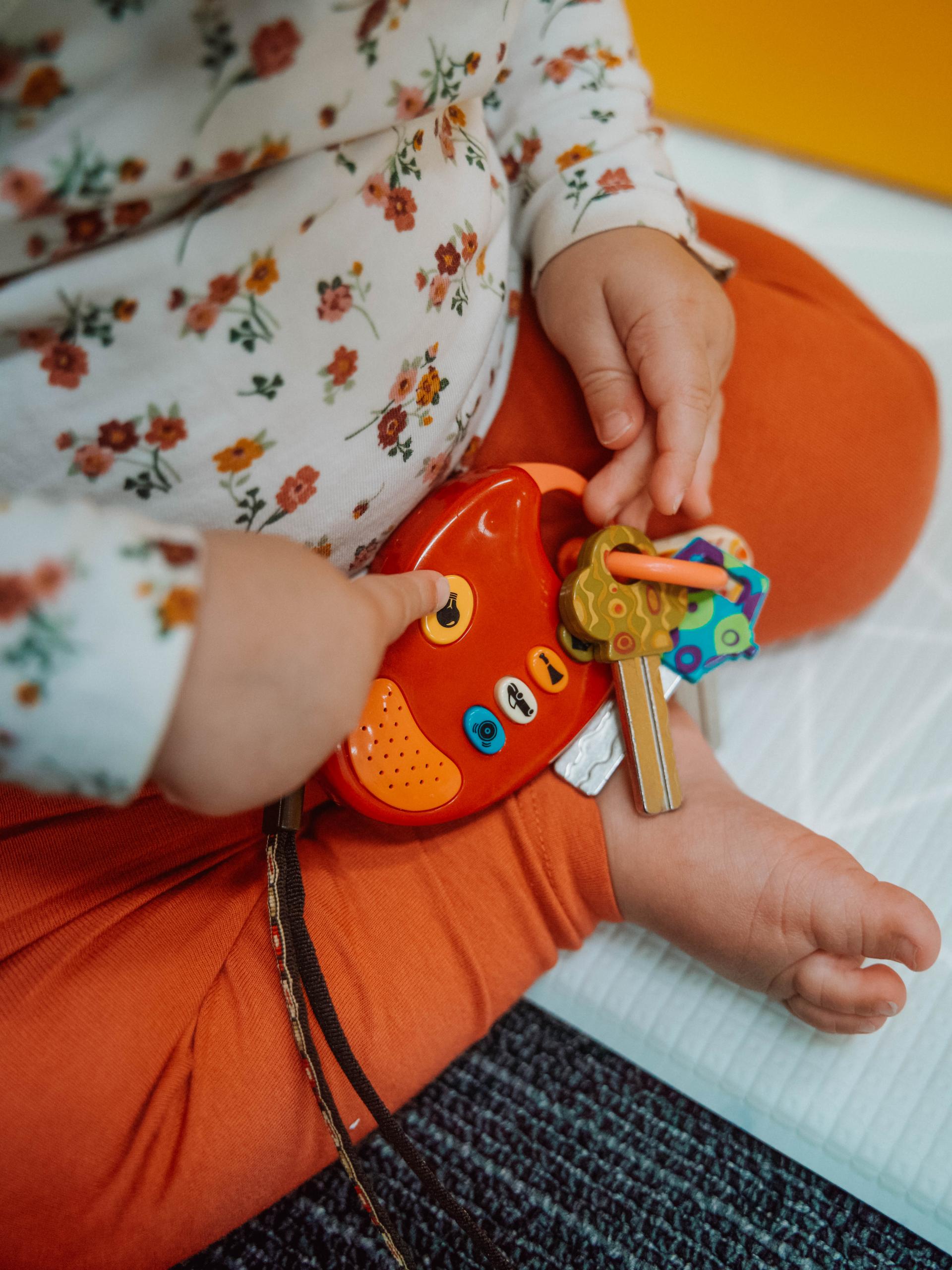Sitting – Why Not to W Sit Did you know that sitting is considered to be one of the first […]

Sitting – Why Not to W Sit
Did you know that sitting is considered to be one of the first motor skills that children develop?
Sometimes W sitting can be a natural position children like to sit and play in.
The W sitting position creates a large base of support with a lower centre of gravity. As young children haven’t developed core muscles yet, this sitting position takes less effort and energy and is still stable than other positions.
The W position also makes it easier for kids to have ease of movement when playing. No wonder they love to sit this way!
The Main Issues With W Sitting
Don’t get us wrong – sometimes this position is great for kids when they are playing or transitioning from one sitting position to another. However, if W sitting is your child’s go-to position for prolonged periods, this is where the issues can begin.
Now that you understand why children love to W sit, you’re probably wondering what issues can this position actually cause.
This position can impact a variety of your child’s developmental problems, such as:
Walking pigeon-toed,
Tight leg muscles (hamstrings),
Hunched and swayed back posture,
Weak core and upper back muscles and
Altered hip development.
Supported Sitting Positions
Here at Upside Kids Physio, we are passionate about developing fundamental gross motor skills such as sitting.
As we mentioned before, one of the reasons kids love sitting this way is the stable mobility they receive from it and the ability to safely interact with their environment, parents, peers and educators.
A couple of the alternate floor sitting positions we recommend to progress this motor skill and prevent potential issues seated:
Crossed legged or pretzel,
Butterfly sitting,
Long-legged sitting,
Side sitting, or
Low kneeling.
Or instead of sitting on the floor, you can encourage your child to sit on a high roller pushed against a table or elevate the sitting onto a peanut exercise ball.
How to Incorporate this into Your Everyday
To start encouraging these sitting alternatives, start small. First, make progress in repetitive everyday activities such as feeding, drinking, and fine motor activities like painting, drawing or writing.
In rotating these sitting positions from W sitting to the recommended positions, your child will develop a strong and supportive core and base.
We highly recommend practising the supported sitting positions from 4 to 5 months old if your baby has reasonable head control.
Have a couple of extra questions?
If you would like a bit more information – head over to our about and services page.
We provide individual assessments for your child that involve establishing your goals and piecing out what you would like to achieve with your physiotherapist’s support.
Alternatively, send us an email at hello@upsidekidsphysio.com.au or give us a bell on 07 2112 9300